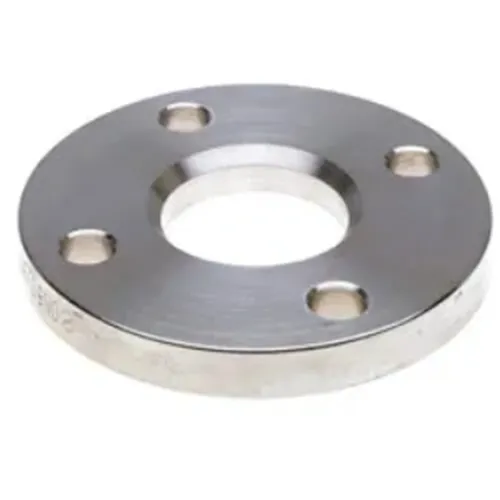-
Cangzhou Yulong Steel Co., Ltd.
-
Phone:
+86 13303177267 -
Email:
admin@ylsteelfittings.com
- English
- Arabic
- Italian
- Spanish
- Portuguese
- German
- kazakh
- Persian
- Greek
- French
- Russian
- Polish
- Thai
- Indonesian
- Vietnamese
- Zulu
- Korean
- Uzbek
- Hindi
- Serbian
- Malay
- Ukrainian
- Gujarati
- Haitian Creole
- hausa
- hawaiian
- Hebrew
- Miao
- Hungarian
- Icelandic
- igbo
- irish
- Japanese
- Javanese
- Kannada
- Khmer
- Rwandese
- Afrikaans
- Albanian
- Amharic
- Armenian
- Azerbaijani
- Basque
- Belarusian
- Bengali
- Bosnian
- Bulgarian
- Catalan
- Cebuano
- China
- China (Taiwan)
- Corsican
- Croatian
- Czech
- Danish
- Esperanto
- Estonian
- Finnish
- Frisian
- Galician
- Georgian
- Kurdish
- Kyrgyz
- Lao
- Latin
- Latvian
- Lithuanian
- Luxembourgish
- Macedonian
- Malgashi
- Malayalam
- Maltese
- Maori
- Marathi
- Mongolian
- Myanmar
- Nepali
- Norwegian
- Norwegian
- Occitan
- Pashto
- Dutch
- Punjabi
- Romanian
- Samoan
- Scottish Gaelic
- Sesotho
- Shona
- Sindhi
- Sinhala
- Slovak
- Slovenian
- Somali
- Sundanese
- Swahili
- Swedish
- Tagalog
- Tajik
- Tamil
- Tatar
- Telugu
- Turkish
- Turkmen
- Urdu
- Uighur
- Welsh
- Bantu
- Yiddish
- Yoruba

Sep . 06, 2024 09:21 Back to list
Hose Flange Solutions | Durable and Reliable Hose Connection Systems
Understanding Hose Flanges Essential Components in Fluid Transfer Systems
Hose flanges play an integral role in various industries that require the safe and efficient transfer of liquids and gases. These components are designed to securely connect hoses to pipelines or equipment, ensuring that the fluid flow is unhindered and leak-proof. In this article, we will explore the significance, types, applications, and installation considerations of hose flanges.
Hose flanges are typically made of materials such as stainless steel, carbon steel, or plastic, depending on the specific requirements of the application. Their design typically features a flat plate with holes along the perimeter for bolts or screws, allowing for a tight seal when combined with a matching flange. This connection method is particularly useful in high-pressure applications, where any leakage can have significant operational and safety implications.
One of the primary advantages of using hose flanges is their flexibility in accommodating different hose materials and sizes
. This versatility makes them suitable for a wide range of industries, including chemical processing, food and beverage manufacturing, pharmaceuticals, and oil and gas. In chemical processing, for example, hose flanges ensure that corrosive chemicals are transported safely without compromising the integrity of the system. In the food industry, they help maintain hygienic conditions while allowing for smooth transfer of ingredients.hose flange

Hose flanges come in various types, designed to meet specific operational needs. The most commonly used types include raised face flanges, flat face flanges, and blind flanges. Raised face flanges have a protruding surface that helps create a tighter seal when mated with a corresponding flange. Flat face flanges, on the other hand, have a flat sealing surface, making them suitable for applications where the gasket needs to be compressed evenly. Blind flanges are used to seal off a pipeline or a hose ending when the flow is not required.
Installation of hose flanges requires careful consideration to avoid potential leaks and ensure safety. Proper alignment of the flanges is crucial; misalignment can lead to uneven pressure distribution and potential failure. Additionally, selecting the right gasket material is essential for achieving a reliable seal, particularly in high-temperature or high-pressure situations. It's also important to follow the manufacturer's torque specifications when tightening the bolts, as over-tightening can damage the flanges or gasket.
In summary, hose flanges are vital components in fluid transfer systems, providing secure and reliable connections for hoses in various industries. Their adaptability, combined with the different types available, makes them suitable for a myriad of applications. When properly installed and maintained, hose flanges ensure the safe transportation of fluids, minimizing the risk of leaks and enhancing operational efficiency. Whether in a manufacturing plant or a construction site, understanding the importance of hose flanges can lead to improved safety and functionality in fluid management systems.
Latest news
-
ANSI 150P SS304 SO FLANGE
NewsFeb.14,2025
-
ASTM A333GR6 STEEL PIPE
NewsJan.20,2025
-
ANSI B16.5 WELDING NECK FLANGE
NewsJan.15,2026
-
ANSI B16.5 SLIP-ON FLANGE
NewsApr.19,2024
-
SABS 1123 FLANGE
NewsJan.15,2025
-
DIN86044 PLATE FLANGE
NewsApr.19,2024
-
DIN2527 BLIND FLANGE
NewsApr.12,2024
-
JIS B2311 Butt-Welding Fittings LR/SR 45°/90° /180°Seamless/Weld
NewsApr.23,2024











